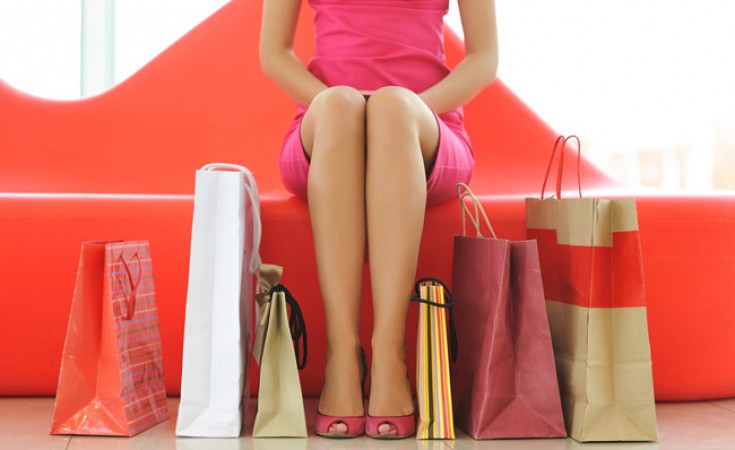
There are many things that can influence buyer behaviour. A great product, strong brand values, and emotional ties are just three ways in which retailers can build relationships with their customers.
But how can brands influence the behaviour or new customers – whether first time buyers or customers in a new territory? How can they influence the buying behaviour of customers who have no prior knowledge or experience with a brand?
Simply by carefully planning the retail design within a store, brands can influence buyer behaviour and the customer journey around the store; helping to guide customers to right products and secure a sale.
Here, we will take a look at a number of ways brands can achieve this:
1. Know Your Audience
Before a brand can invest in quality retail design, they need to know who they are designing for.
According to Applebaum, there is a difference between a ‘shopper’ and a ‘buyer’. He states that “to shop is to visit business establishments for inspection or purchase of goods”, while “to buy is to purchase”.
This means stores need to be designed in such a way as to turn these shoppers into buyers. That means giving them what they want, where they would expect to find it. It’s also about challenging perceptions and reinforcing a brand message.
2. Determine the Customer Journey
In order to influence buyer behaviour through store design, retailers must first outline their ideal customer journey.
- What path do you want customers to take when they enter the store?
- Which products do you want them to browse and in what order?
- How do you want them to navigate through the space?
- How will you make sure they end up at the checkout?
These are the more technical aspects of retail design, but can all have a big influence on buyer behaviour. Subconsciously, customers will respond to these signals and move around the store in a way that suits the brand.
3. Merchandise the Space
Effective product merchandising can have a huge influence on buyer behaviour. Why else do supermarkets place rows of Easter Eggs at the front of the store in March; complete with shelf edge and POS labelling?
Whatever it is you want a customer to buy at a particular time, make sure the space is merchandised accordingly. By designing and dressing a space to appeal to the buyer – and encourage the ‘shopper’ to make a purchase – stores can drive product sales and influence how customers behave in store.
4. Focus on Design
Recent research has shown that brands that focus on design are outperforming their competition by 228%. This is a staggering figure for any retailer regardless of size and shows how important getting the basics right is.
- Think about brand guidelines – what colours, styles etc. should be featured in store?
- Think about customers – what do they expect to see, how can you subvert this?
- Think about locality – can you make the most of the surroundings to deliver a personalised space?
By working with a specialist creative team, you can find that your store not only looks more attractive – thus naturally influences the buyer – but also considers the finer details.
5. Think About Experiences
At a time when an increasing number of transactions and interactions with brands are happening over the Internet, influencing customer behaviour at physical retail becomes more important than ever before.
Ecommerce is lacking the tangible aspect of bricks-and-mortar retail; a store design that considers experience can influence buyer behaviour in a big way. For example, introducing digital integration in the form of tablets is a great way to encourage purchases. Not only that, but it provides a memorable experience that customers will enjoy.
Influencing buyer behaviour through retail design won’t happen overnight. It is something that takes time, consideration and research. But by investing these three things, brands will see how customer loyalty, buyer behaviour, and retail design go hand in hand.
About the Author
Clare Evans works as a Marketing Executive for Green Room; a leading retail design agency based in the UK and the Netherlands. They have designed and delivered store design projects for the likes of Nike, Timberland and Converse. Visit their website to find out more: http://greenroomretail.co.uk/



